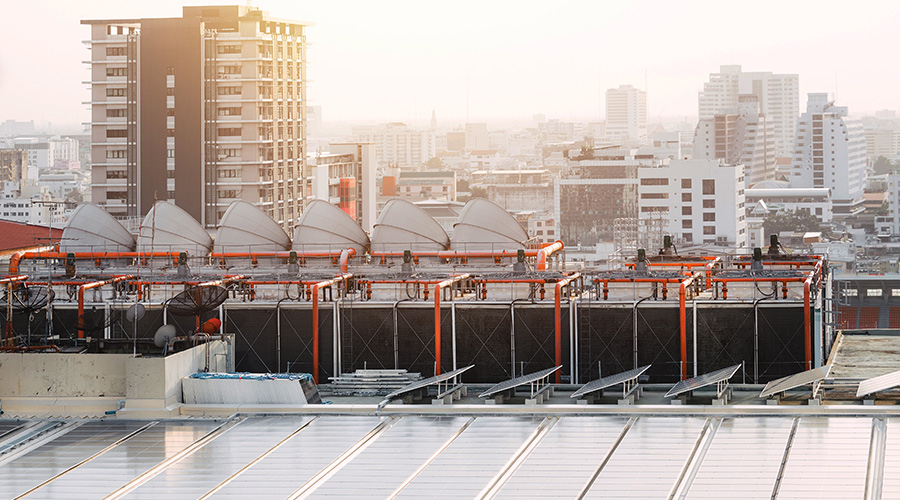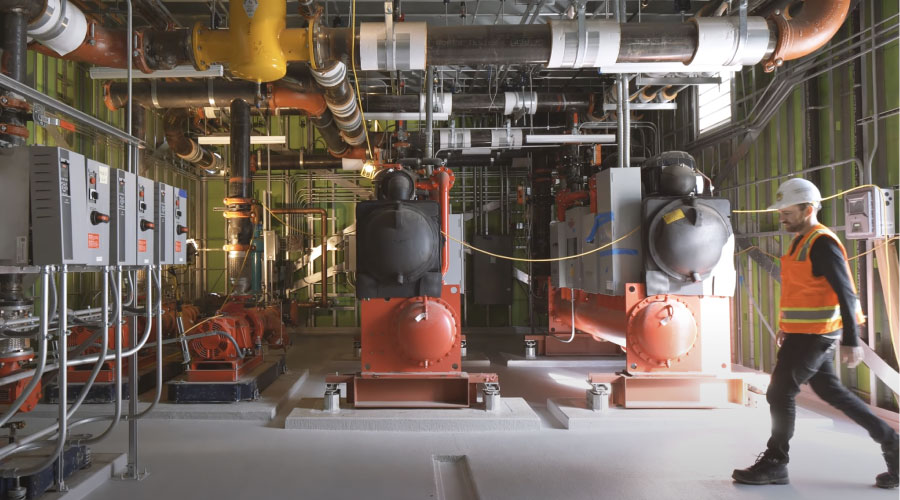Waste Watch: Improving HVAC Energy Efficiency
Maintenance and engineering managers have long understood that HVAC systems account for a large percentage of the total energy use within their facilities. They also understand that when these systems do not operate optimally, they become major contributors to energy waste.
But with so many HVAC systems and components in facilities, the problem becomes one of identification. Which systems or which components are misbehaving? How can managers and front-line technicians find these systems? Chances are, many units within a typical facility are misbehaving, so how do managers prioritize systems and components to address first?
Fortunately, managers have a number of tools at their disposal to investigate HVAC systems and answer these questions. These tools range from preventive maintenance (PM) programs and systematic equipment upgrades to HVAC system audits and complete HVAC system retrocommissioning. The approach managers take will depend on several factors, including the level of in-house expertise, the complexity of the systems installed in the facility, and, of course, the budget.
HVAC PM
Any effort to promote energy efficiency, particularly in HVAC systems, must start with comprehensive PM, which has proven to be essential in ensuring equipment achieves its rated service life and desired level of reliability.
The same is true for achieving energy efficiency. The performance of HVAC systems naturally deteriorates with time and use as a result of wear and tear, the buildup of dirt on heat-transfer services, calibration creep, and system meddling. PM can prevent many of these problems before they occur, or at least catch and correct them before they develop into significant energy wasters.
Manufacturers have published maintenance checklists and task schedules for every piece of HVAC system equipment ever manufactured. For most components, maintenance and engineering departments received maintenance manuals when construction finished or updated equipment was installed. Managers can start with these resources when setting up a PM program for HVAC systems. If manuals have been lost or never arrived, contact the manufacturer to get the information for the specific installation.
Managers need to remind technicians to not cut corners. They should perform the tasks identified in the manuals at the recommended schedules. Skipping items or increasing the interval between performing the required tasks results in the deterioration of system performance and with it, energy efficiency. Building occupants might not notice, but utility meters will.
Performing manufacturer-recommended tasks at recommended frequencies is the minimum level of maintenance. The particulars of the application might require additional tasks or shorter intervals between task frequencies. For example, if the city water being supplied as makeup water to the cooling tower is harder than normal, additional or more frequent chemical treatment might be required. Managers must be willing to adapt the program to meet the needs of their facilities.
Remember, performance of all systems and components starts declining the day they begin operation. PM is the only way to minimize this decline.
Related Topics:













